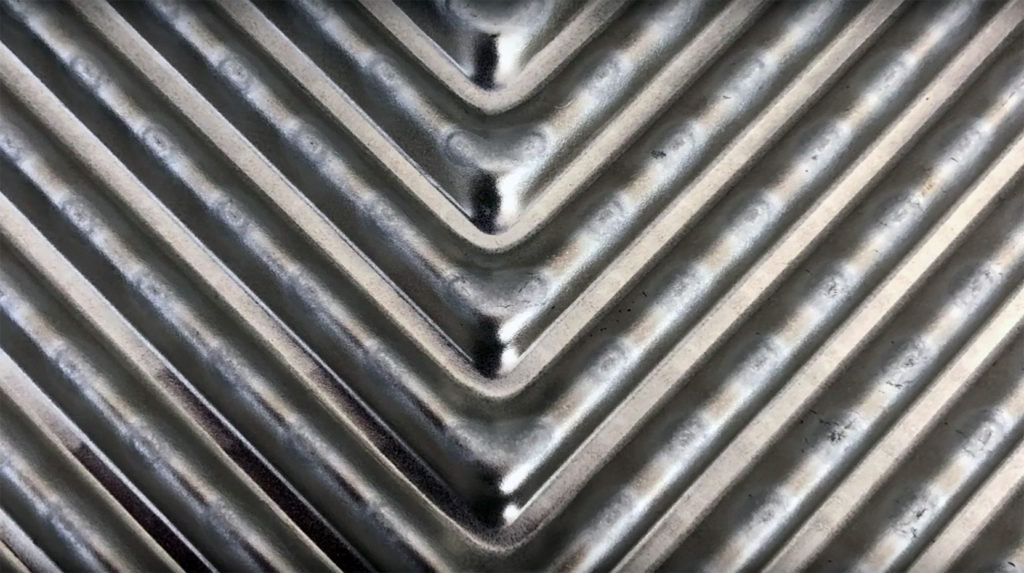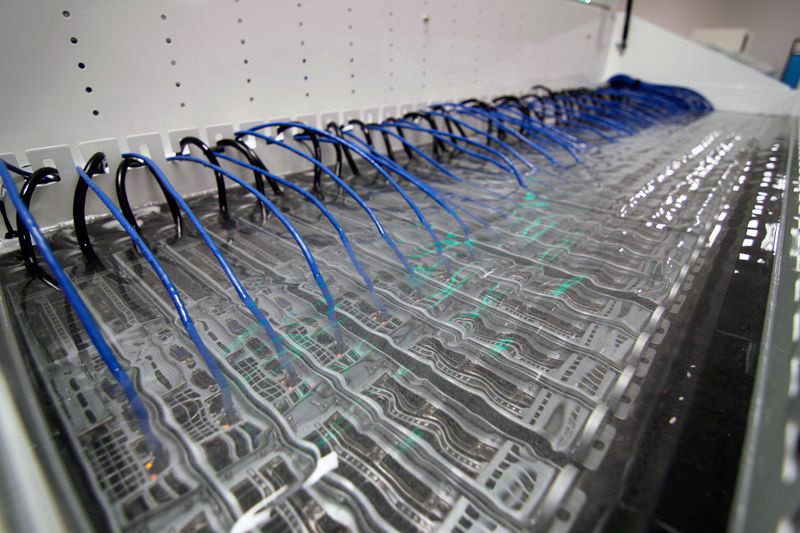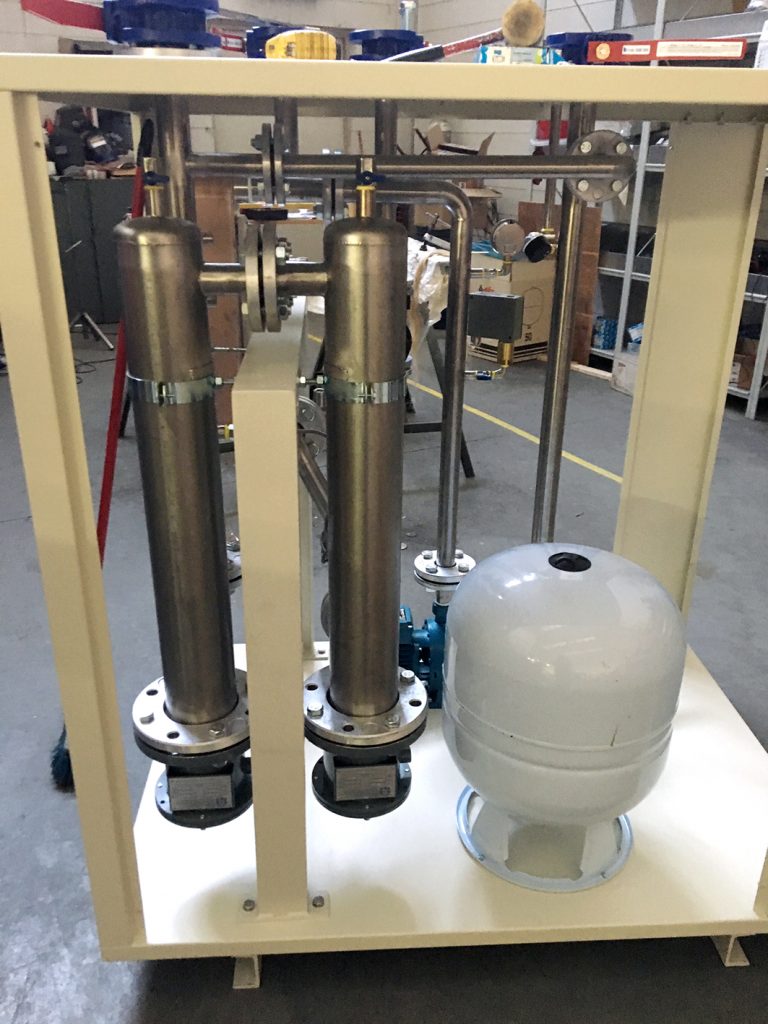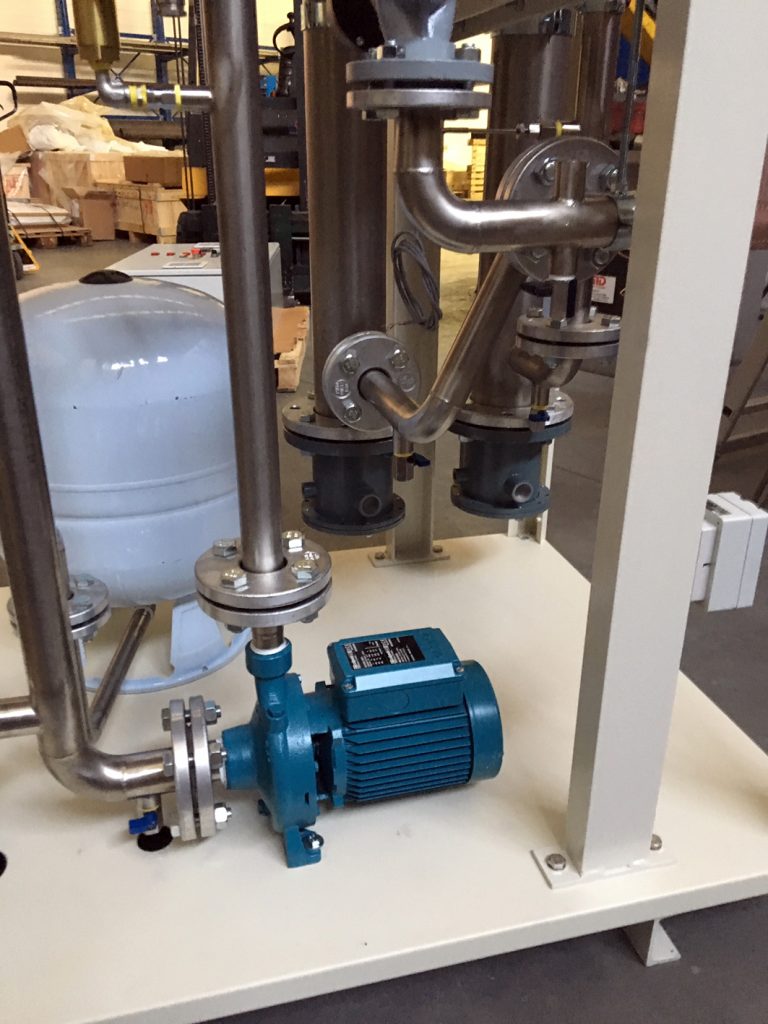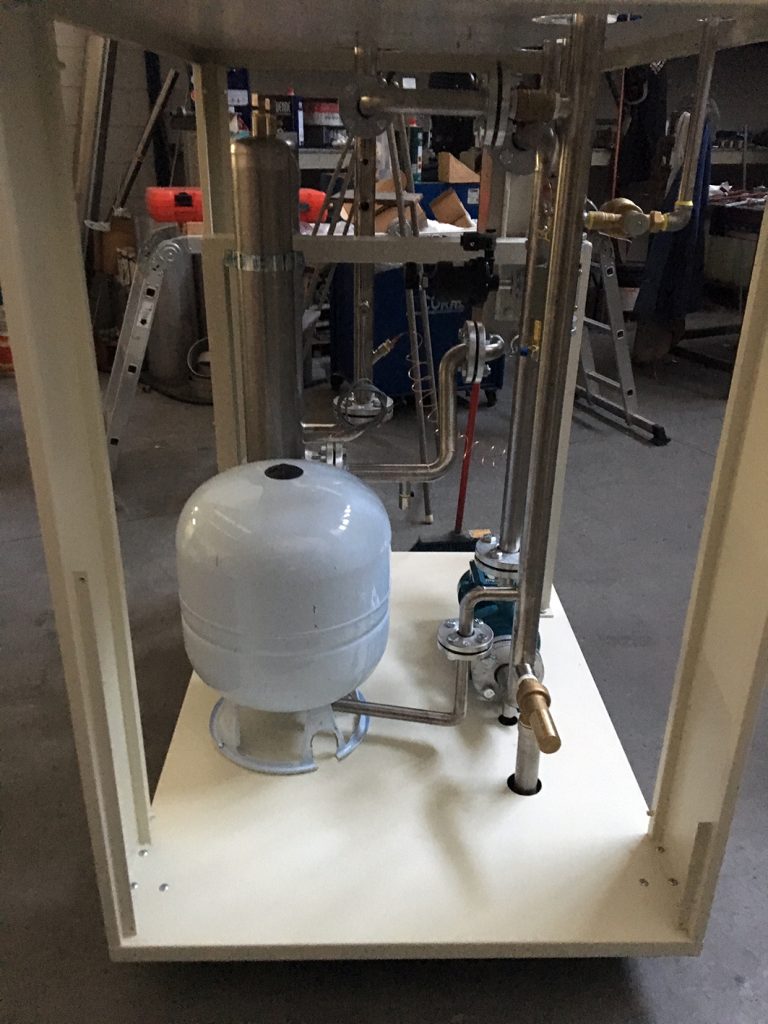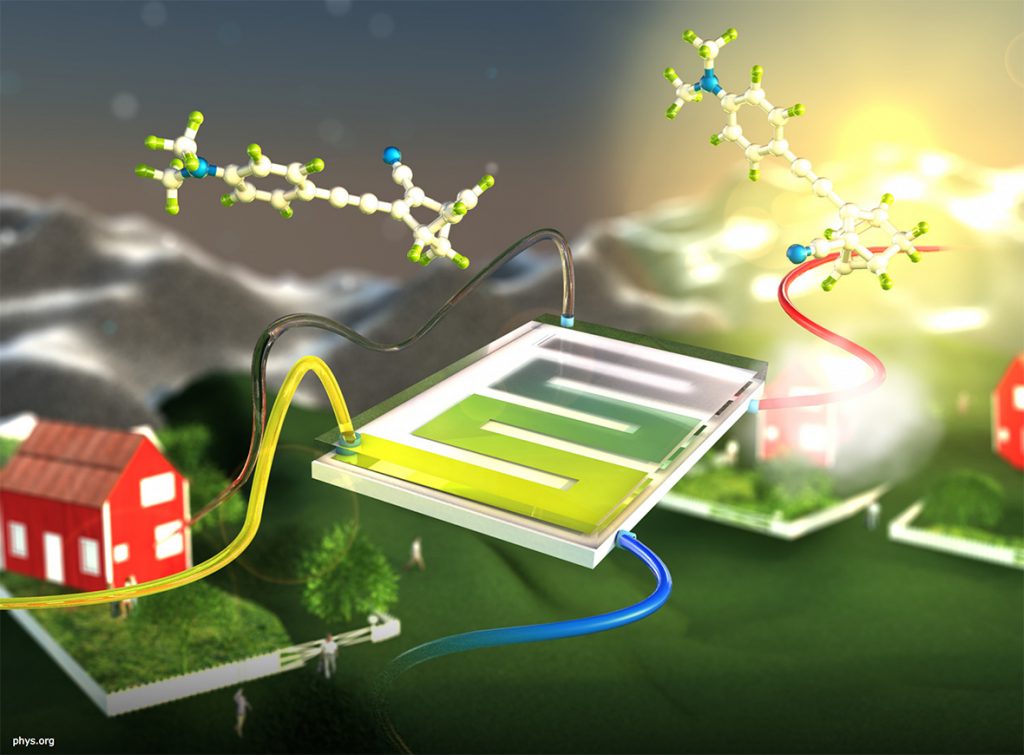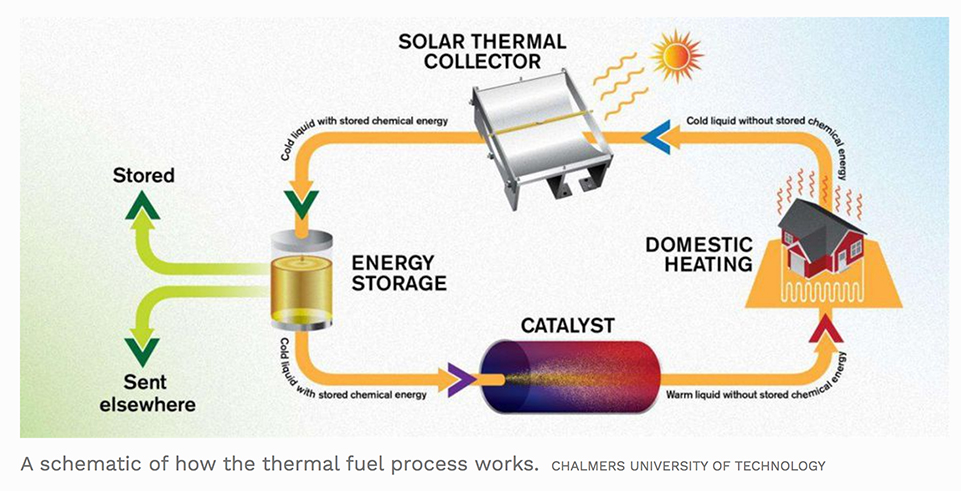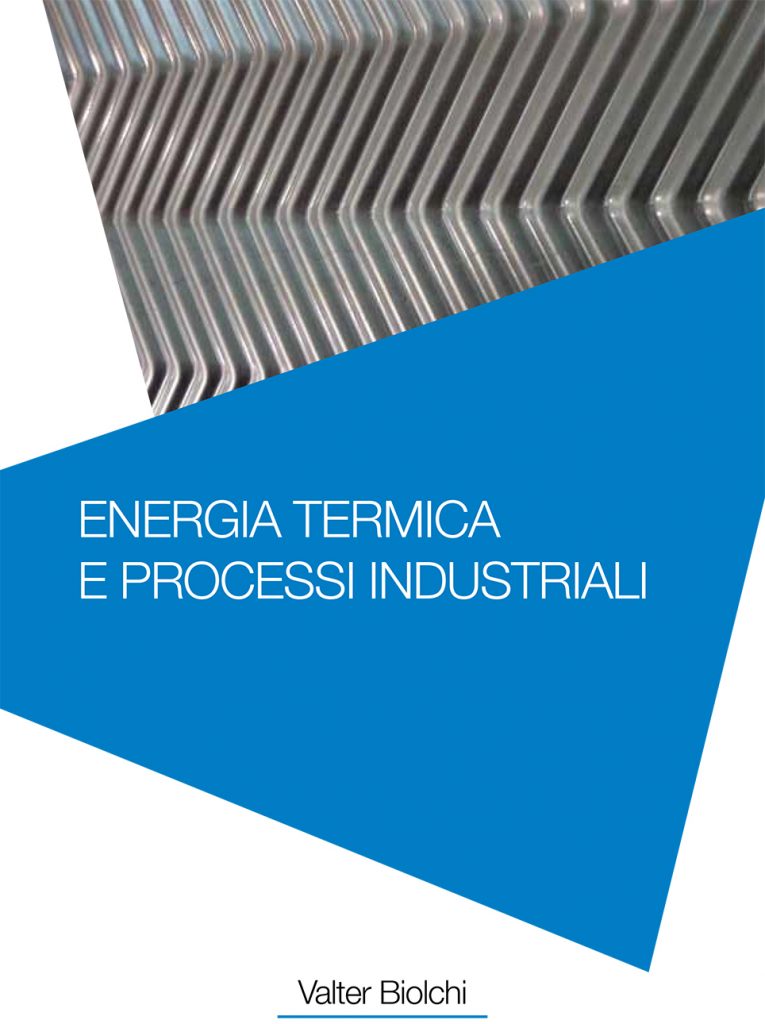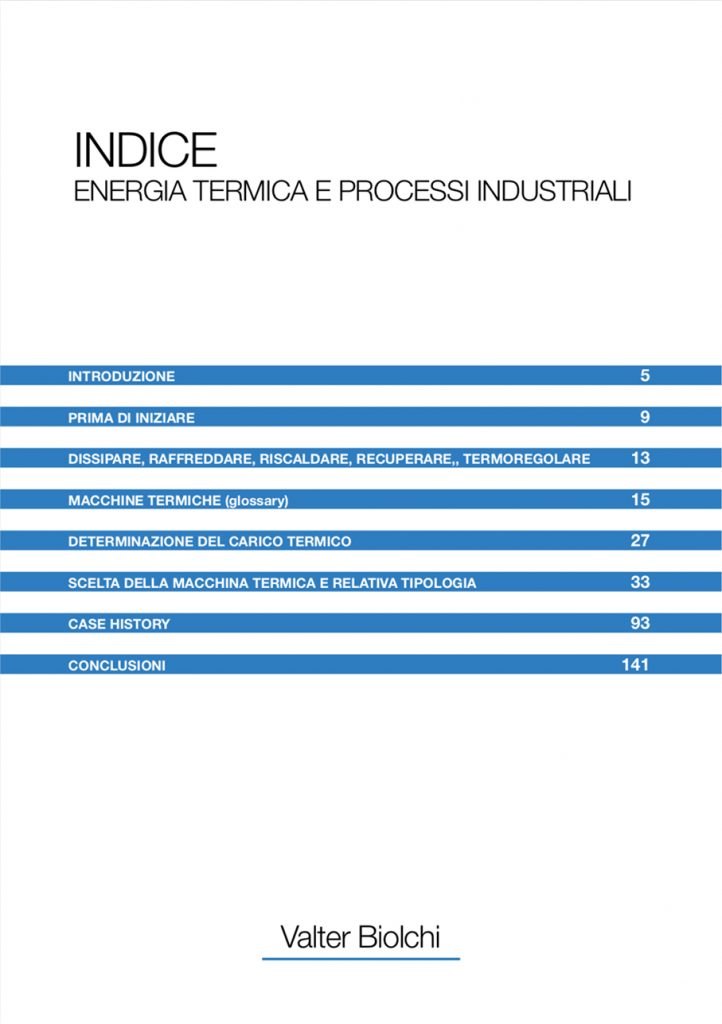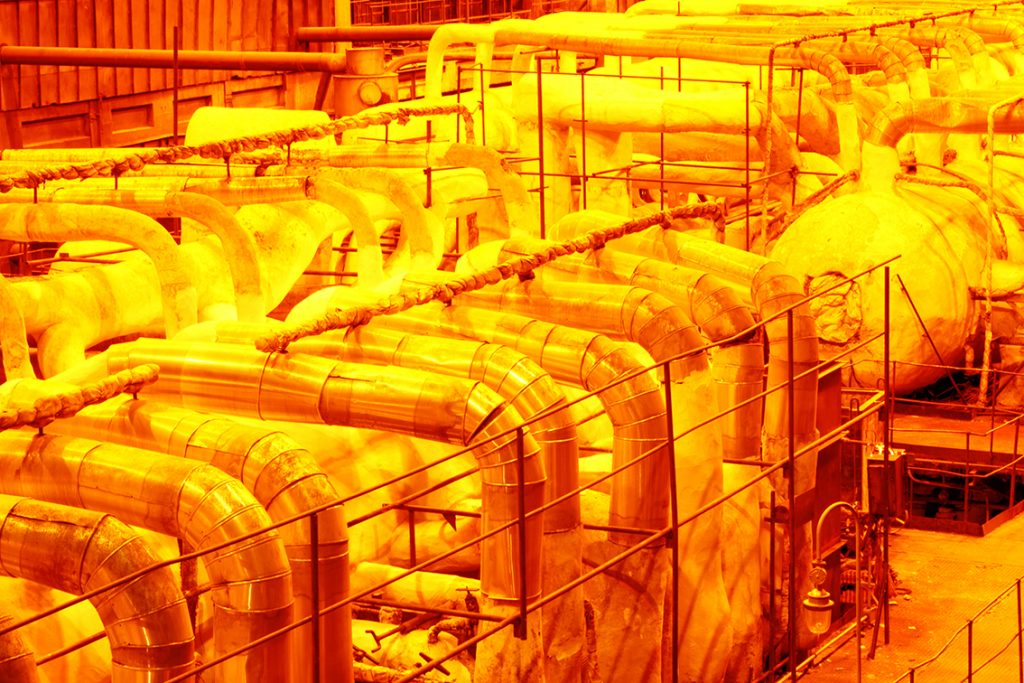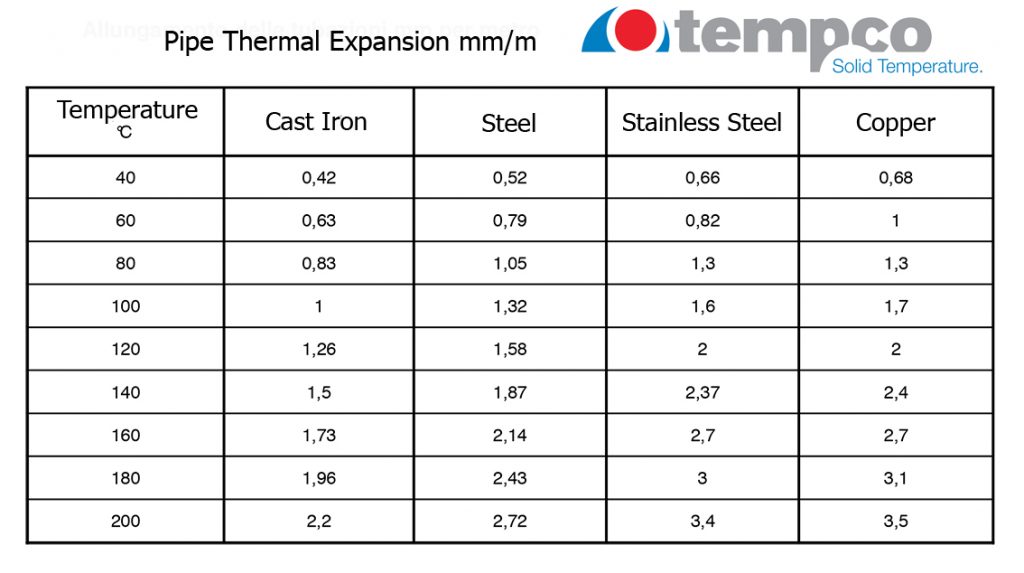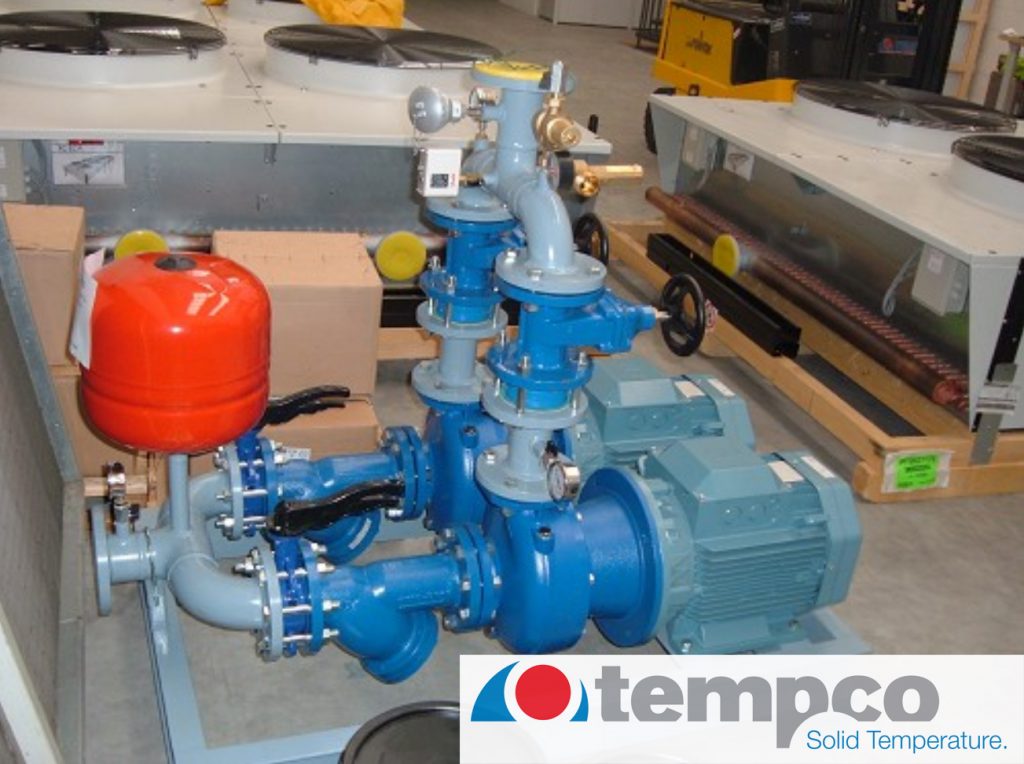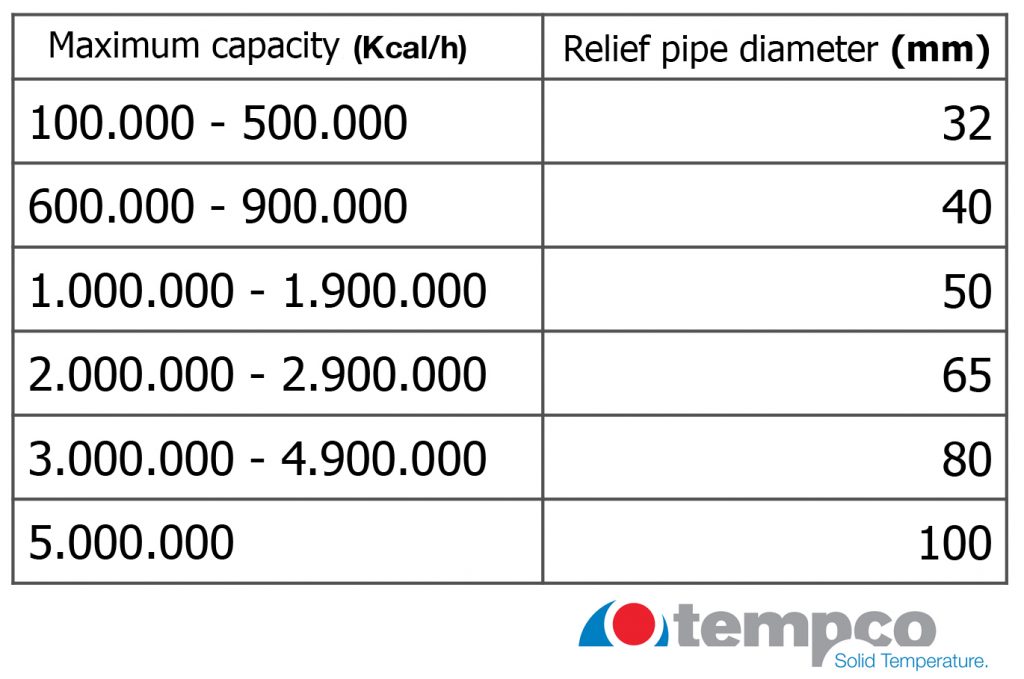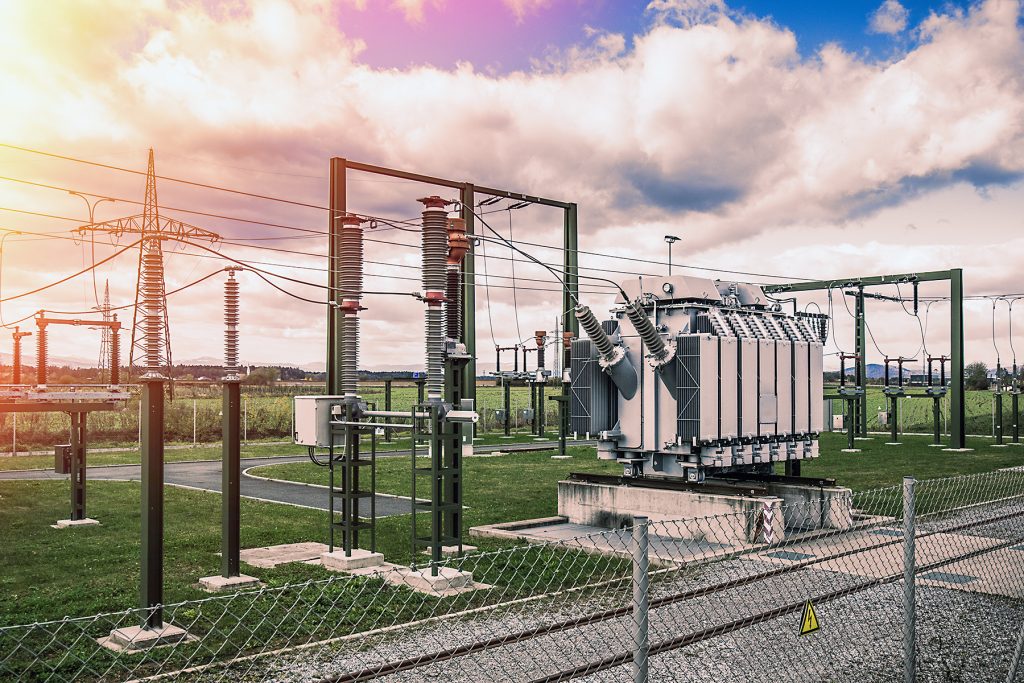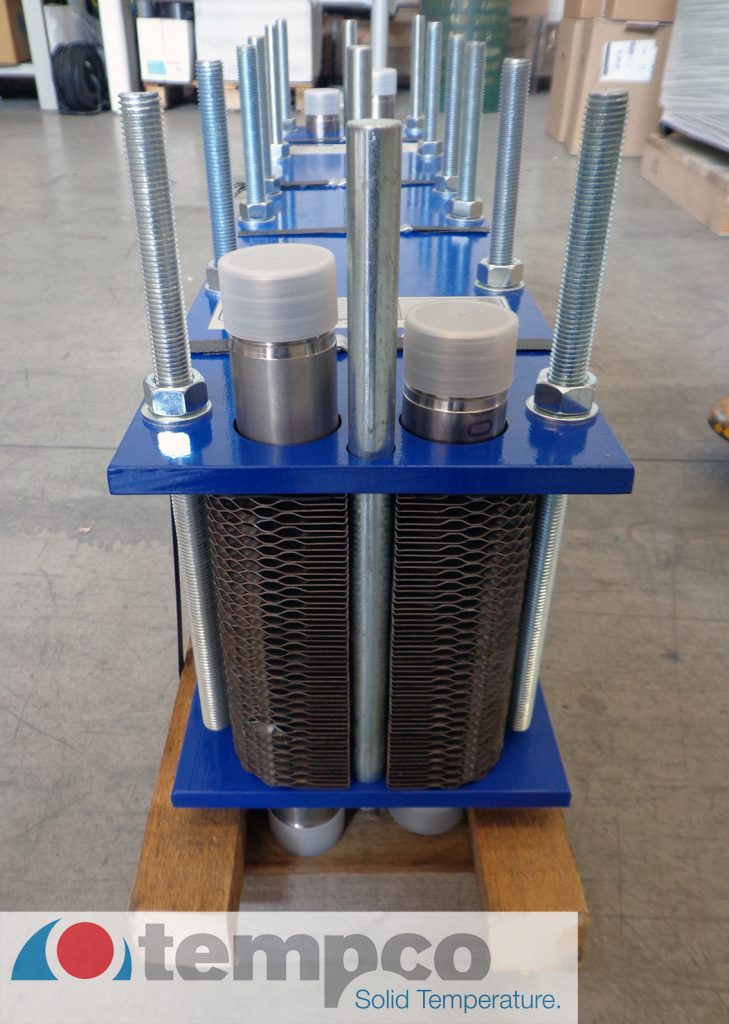We wanted to make this 2019 a new year full of news, starting with a series of tutorial videos aimed to explain in a simple way the main working characteristics of some machinery employed in thermal energy management, such as heat exchangers and heat pumps.
I wanted to be featured in first person, and yes, the one you’ll see in these videos (in Italian language but with subtitles) it’s me, Valter Biolchi, owner and manager of Tempco and behind this Tempco Blog as well.
I wanted to dedicate the first video to the topic of plate heat exchangers, a kind of machinery that I’ve always considered as the most flexible and efficient in terms of heat transfer above all. Heat exchangers ensure indeed higher thermal transfer rates compared to shell and tube heat exchangers. This is due to the fact that fluids are moving inside the exchanger with a turbulent flow, even when the fluids have very low speeds.
The turbulent flow is obtained thanks to the design of the plates, which are then coupled each-other rotated by 180° in order to create tiny flowing channels with 2,5 – 3 mm width, depending on the kind of heat exchanger, forcing the fluids through the plates in a continuously interrupted and non-linear flow.
Another advantage offered by plate heat exchangers is the compact design and smaller size achievable with this kind of solutions, and most of all the possibility to obtain crossing temperatures between warm and cold fluids.

